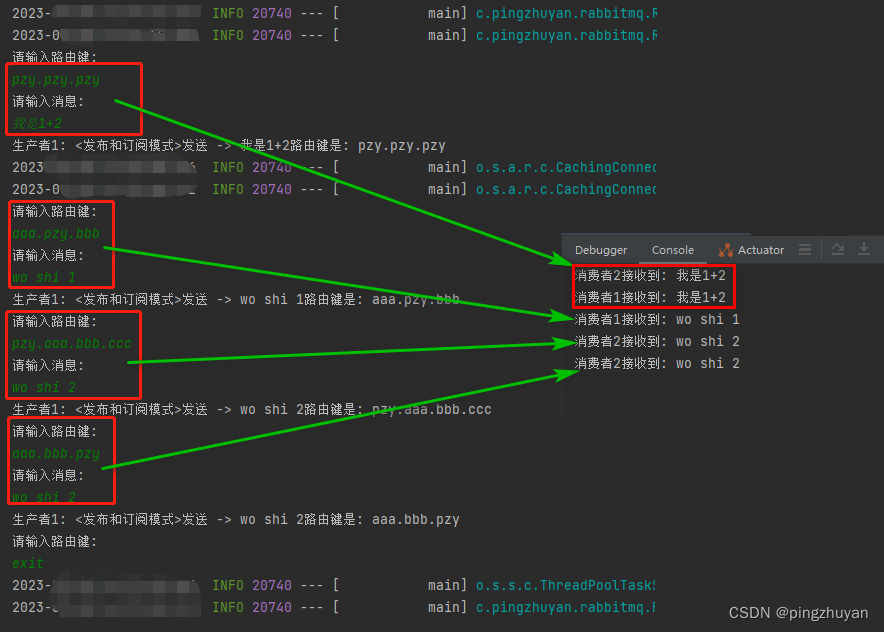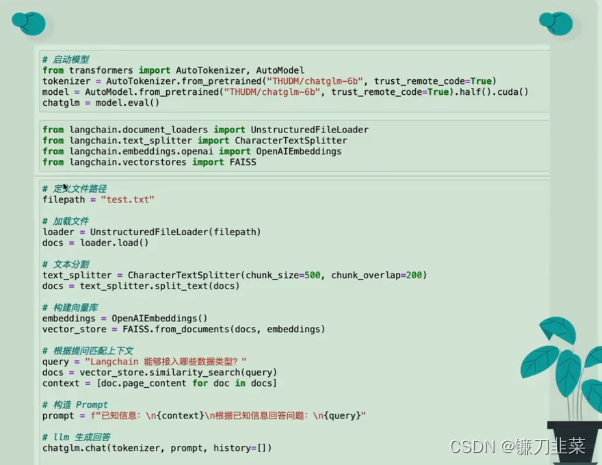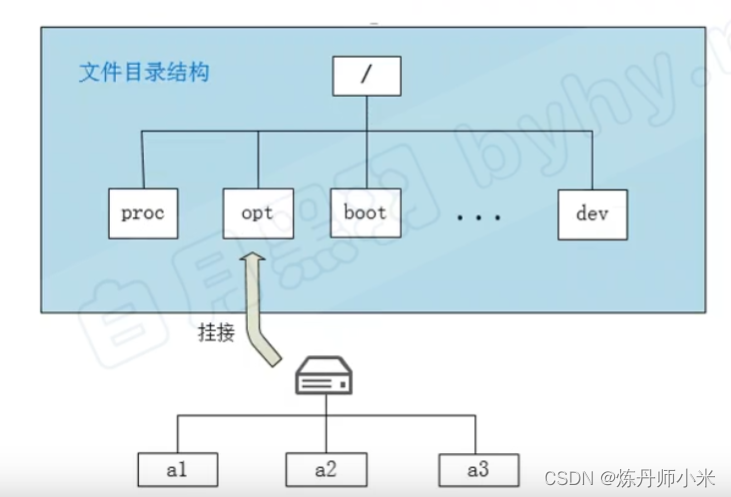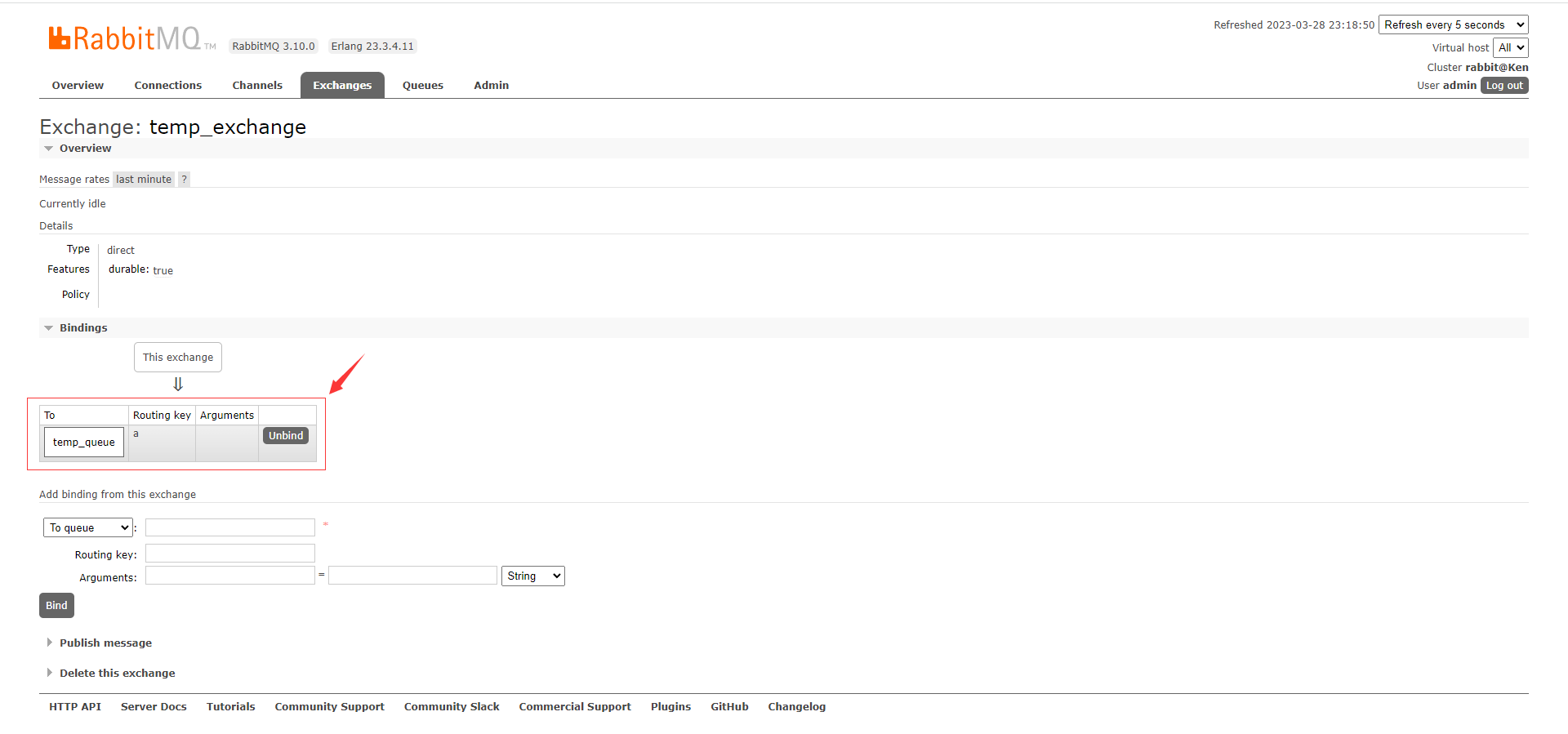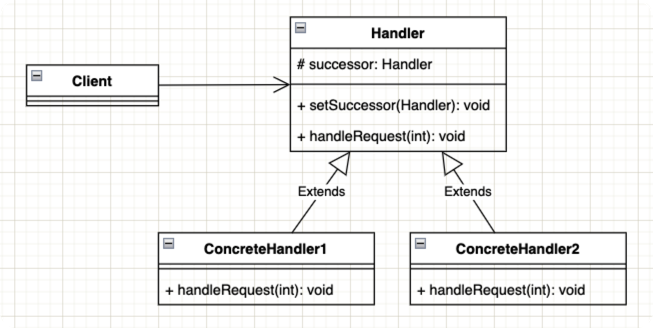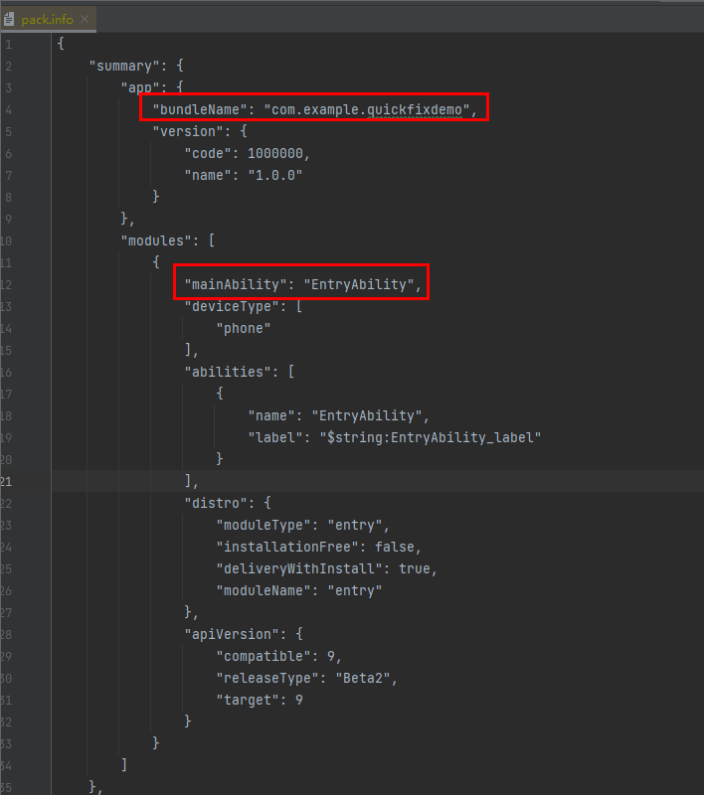Nginx 负载均衡
- 1.Nginx 负载均衡
- 1.1 官方文档
- 1.2 默认方式:轮询(round-robin)
- 1.3 链接最少、空闲(least-connected)
- 1.4 会话持续,也叫ip 哈希(Session persistence)
- 1.5 服务器权重(Weighted)
1.Nginx 负载均衡
-
1.2 默认方式:轮询(round-robin)
round-robin — requests to the application servers are distributed in a round-robin fashion,
以循环模式分发对服务器的请求,写法如下:
upstream 块,定义了一组服务,后边跟这一组服务的名称:myapp1
不用特殊声明默认就是轮询方式。http { # 一组服务 upstream myapp1 { server srv1.example.com; server srv2.example.com; server srv3.example.com; } server { listen 80; location / { proxy_pass http://myapp1; } } }
-
1.3 链接最少、空闲(least-connected)
least-connected — next request is assigned to the server with the least number of active connections,
下一次请求会被分配给有最少活动连接数的服务器。
这里和默认写法的区别就是在upstream块的第一行,声明了其负载均衡的方式为 least_conn
upstream myapp1 {
least_conn;
server srv1.example.com;
server srv2.example.com;
server srv3.example.com;
}
...
-
1.4 会话持续,也叫ip 哈希(Session persistence)
a hash-function is used to determine what server should be selected for the next request (based on the client’s IP address).
会通过一个哈希方法、算法去决定哪一个服务会接受到下一个用户请求(算法基于用户的ip)。
简单来讲就是会把相同的ip的请求(也就等同于同一用户的请求分发到同一个服务器,这样其服务器上保存的用户信息相关的session就可以复用,类似于持久化了用户的会话session)
这里和默认写法的区别就是在upstream块的第一行,声明了其负载均衡的方式为 ip_hash
upstream myapp1 {
ip_hash;
server srv1.example.com;
server srv2.example.com;
server srv3.example.com;
}
...
-
1.5 服务器权重(Weighted)
这个很好理解,就是在不添加权重之前,每个服务器都是一视同仁,但添加权重后,权重多的服务器会被重用、也就是分配到更多的请求,前期是请求足够多。
写法也比较简单,就是在服务器后边加上一个权重的参数 weight = x
upstream myapp1 {
server srv1.example.com weight=3;
server srv2.example.com;
server srv3.example.com;
}
...
如上,每五个请求,就会有3个被打到第一个server,后边两个server各一个。
It is similarly possible to use weights with the least-connected and ip-hash load balancing in the recent versions of nginx.
官方:在最新的Nginx版本中,同样可以使用权重参数于 least-connected 和 ip-hash 上。
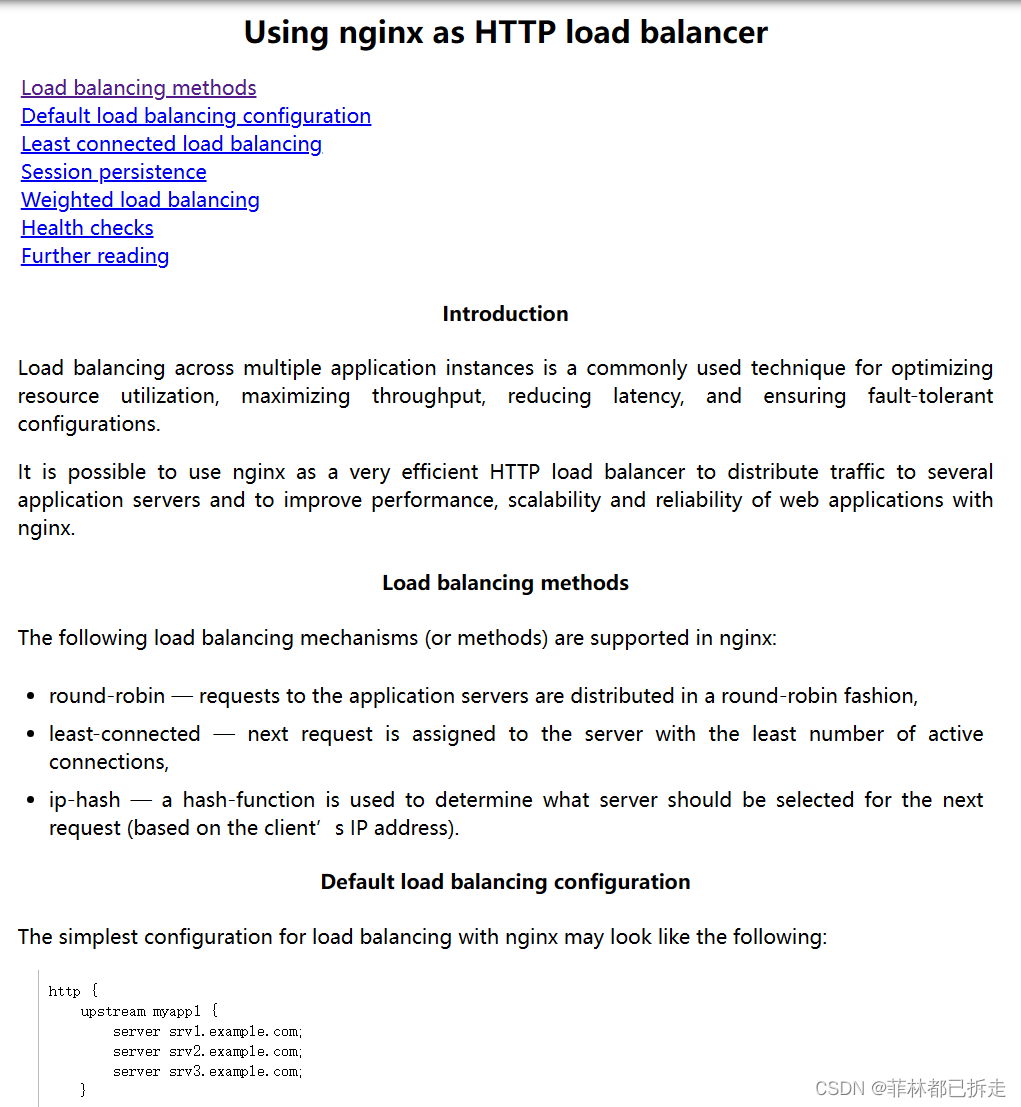
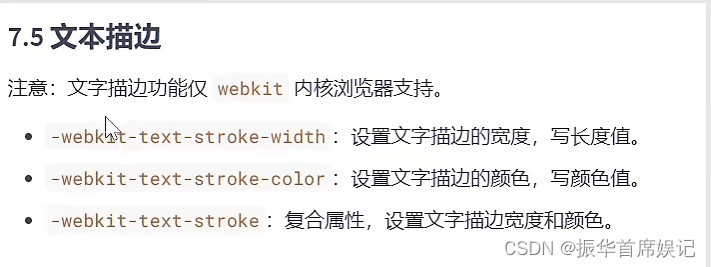

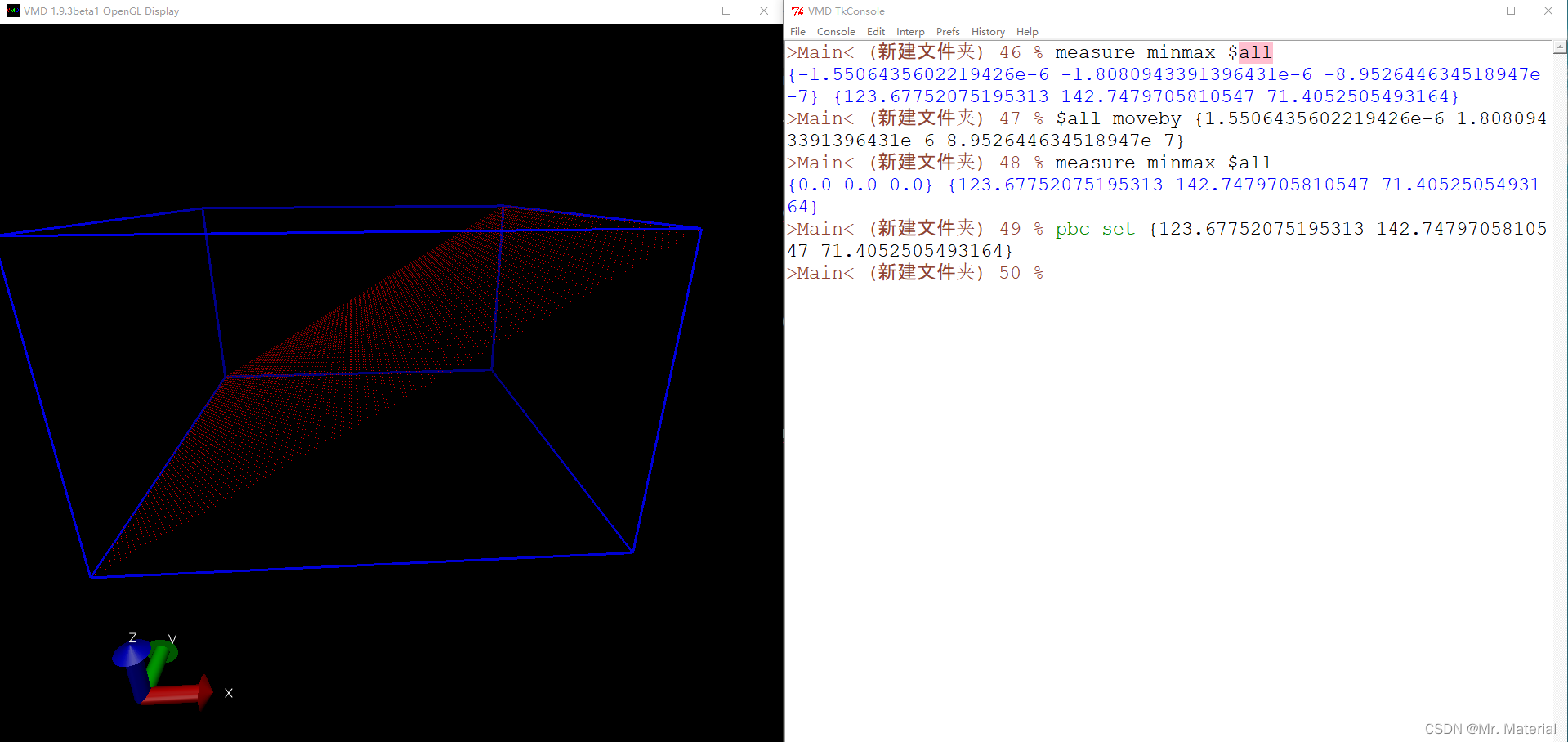

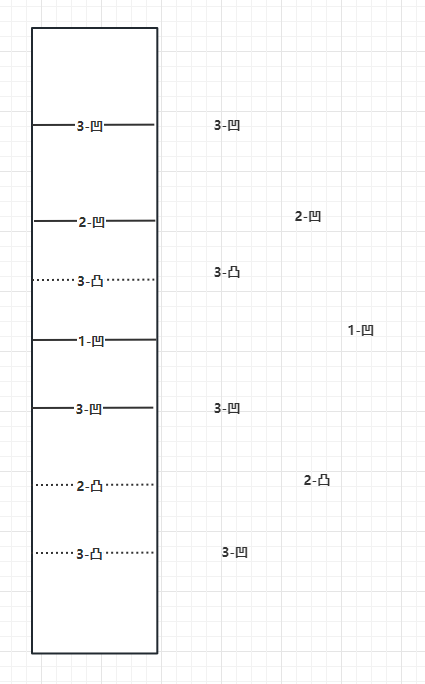
![CodeForces..碰撞字符.[简单].[遍历求最大连续]](https://img-blog.csdnimg.cn/f694566aa1e94d7bab641179d5d31d29.png)

